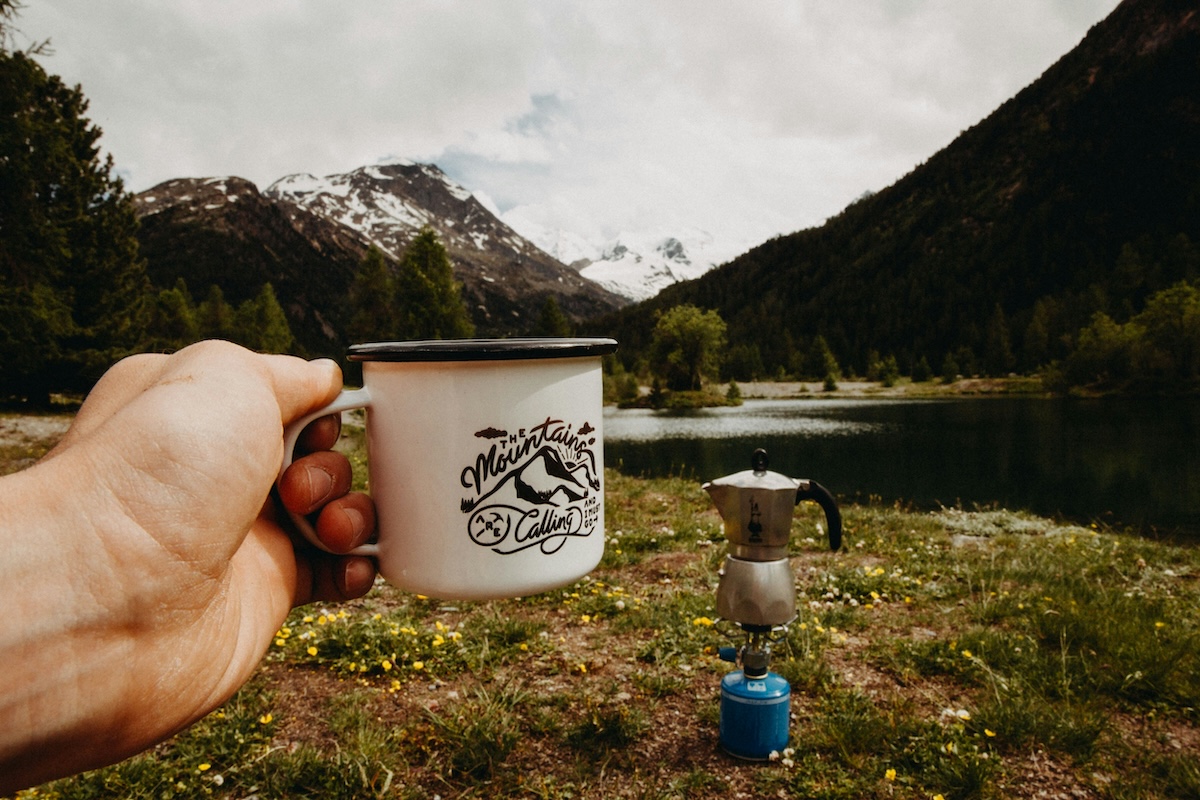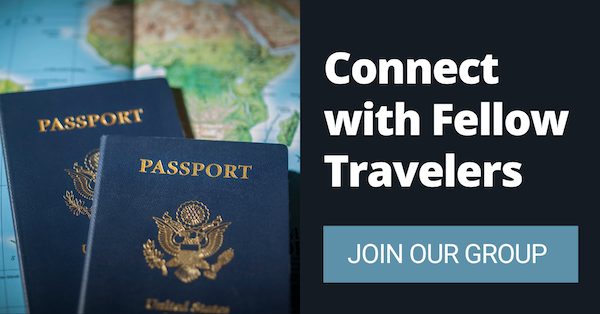
Solo Camping Sounds Scary—But You Can Tackle It with These Basics!
By: Mike Coleman
Skip to Section
Article Summary
Solo camping can be peaceful, empowering, and unforgettable — if you prepare well and know how to stay safe on your own.
This guide walks you through how to ease into solo camping, pick the right gear, handle safety concerns, and build the confidence to enjoy nights under the stars without anyone else around. You’ll also get a clear look at the differences between campground and wild camping — and how to choose what fits your comfort level.
- Start with beginner-friendly solo trips — local campgrounds or car camping offer a mix of nature and nearby support.
- Always tell someone your plans, and bring a GPS tracker or satellite messenger if you’ll be out of range.
- Pack smart and light — focus on shelter, safety, food, and basic tools you can handle alone.
- Set up camp on flat, dry ground away from animal trails — and trust your instincts if a spot feels off.
- Campgrounds offer structure and ease — wild camping gives you freedom and solitude, but demands more skill.
Have you tried solo camping? You might love it if you’re craving solitude, adventure, and a break from the modern world…but if you’re new to it, the idea of sleeping alone in the wilderness can be intimidating! What if something goes wrong? What if you get bored? What if you pack all the wrong things?
The secret to enjoying solo camping is a combination of good preparation, smart planning, and an open mindset. Whether heading out for your first solo night under the stars or looking to refine your setup for longer adventures, this guide covers a few basics to get you started on your adventure.
Start Small! Ease Into Solo Camping Before Going Off-Grid
Don’t go straight from city life to a week of backcountry survival. Give yourself time to adjust to the experience by starting with an easier trip before committing to anything too ambitious.
A great way to ease into solo camping is to choose a location that feels wild but offers some level of security—like a designated campground, a state park, or a national forest with marked campsites. These places usually have restrooms, ranger stations, and sometimes other campers nearby if you need assistance.
A few beginner-friendly solo camping ideas:
- Overnight at a local campground: A drive-up campsite allows you to camp solo while still having access to safety features like nearby park staff and other visitors.
- Car camping near hiking trails: This lets you experience remote nature but with the security of knowing your car (and an easy escape plan) is just steps away.
- Backyard camping: It might sound silly, but spending the night outdoors in your yard is a great way to test your gear and gauge your comfort level.
Once you’re comfortable with camping on your own in more populated, accessible areas, you may want to go further and consider more remote destinations, like dispersed camping in national forests or even multi-day backpacking trips.
Learning to Camp Alone with Confidence
Solo camping means taking full responsibility for yourself—so safety should be your top priority. The goal isn’t to be paranoid but to be prepared so that you can actually enjoy the experience.
Tell Someone Your Plans
Before heading out, always share your trip details with someone you trust. Tell them:
- Where you’re going
- Your planned route and campsite
- When you expect to return
- When they should be concerned if they haven’t heard from you
For extra peace of mind, bring a GPS tracker or satellite messenger like a Garmin inReach, which allows you to send messages even when you have no cell service.
Know How to Handle Wildlife
Catching a glimpse of animals you wouldn’t see in the suburbs or the city is one of the highlights of a great camping trip. But you’re the intruder in their world, and they don’t know you or trust you. A few ways to keep a safe distance from the local wildlife:
- Store food properly. If you’re in bear country, use a bear canister or bear bag to keep food far away from your tent. In other areas, secure food to avoid attracting raccoons, coyotes, curious deer, or insects.
- Keep a safe distance from wildlife. No matter how photogenic, never approach wild animals—this includes everything from snakes to chipmunks to elk.
- Carry protection. In areas with large predators, bear spray is a must.
- Trust your gut. If you don’t feel safe or if dangerous animals like wild boars, bears, or large cats have been spotted in the area and you’re not totally sure what to do if they come into your campsite, it’s safer and smarter to go elsewhere.
Choose a Safe Campsite
Where you set up camp can make or break your experience. The best campsites are:
- Flat and dry: Avoid dips in the ground where water could collect if it rains. It might sound like an annoyance on paper, but it can become very dangerous.
- Away from game trails: You don’t want to set up camp on an animal’s path!
- Sheltered but not enclosed: A good spot has some protection from the wind and elements but still allows for clear visibility and escape in case of emergency.
If you arrive at a site and something feels off, even if you’re not sure what it is, listen to your gut and move to a different location. Trusting your instincts is one of the best survival skills a solo camper can develop.
Choosing the Right Spot: Campgrounds vs. Wild Camping
The location you choose shapes the entire solo camping experience. Campgrounds are comfortable and convenient, but you might want to consider wild camping if you’re looking for solitude and self-reliance. Here’s how they compare:
Campgrounds: Comfort and Convenience
Campgrounds give you a structured camping experience, often with amenities like bathrooms, water access, fire pits, and designated sites. If you’re new to solo camping, campgrounds can be a fantastic choice, and don’t discount RV Parks either as they often allow campers and they have some great facilities too!:
- They’re a safer environment with rangers or park staff nearby.
- They give you the chance to meet other travelers and share your experiences and tips.
- They come with easier logistics—you don’t have to haul in your own water or navigate complex terrain.
Wild Camping: Solitude and Self-Sufficiency
If you’re looking for complete solitude, wild camping (also called dispersed camping) allows you to set up camp outside of designated sites—typically in national forests or public lands. This option requires a lot of self-sufficiency since there are no amenities like bathrooms and running water. You also need excellent navigation skills because you’ll be off the beaten path, and of course, as with all campsites, you’ll want to follow the Leave No Trace principles to minimize your impact and to keep the land free of waste and able to thrive.
For solo campers, a mix of both experiences—starting at campgrounds and working up to wild camping—is a great way to gain confidence.
What to Pack for Solo Camping
Packing for solo camping means striking the right balance between comfort, safety, and mobility. Bring too much, and you’ll struggle with carrying it. Bring too little, and you’ll regret it. Here are the absolute basics you should bring on your camping trip:
Shelter and Sleeping
- Tent: A lightweight, one-person tent that’s easy to set up alone.
- Sleeping bag: Choose one rated for the coldest temperatures you might encounter.
- Sleeping pad: Provides insulation and comfort—don’t skip this!
Food and Cooking Gear
- Lightweight stove or compact cooking system.
- Easy-to-make meals, such as instant oatmeal, pasta, or pre-packaged backpacking meals.
- Reusable utensils and a collapsible bowl to keep packing light.
Navigation and Safety
- Paper map and compass (don’t rely on your phone, and learn how to read a topographic map!).
- Multi-tool or knife for emergencies.
- First aid kit with band-aids, pain relievers, and emergency supplies.
- High quality headlamp to navigate easily in the dark.
Remember: pack light, and pack smart.
Ready to Travel?
Solo camping is an incredible way to challenge yourself, build confidence, and connect with nature. The freedom to set your schedule, choose your route, and enjoy complete solitude is an experience unlike any other.
If you’ve been hesitant to try solo camping, take the first step. Start small, pack smart, and embrace the adventure.
⛺ Happy camping!
About the Author
Mike is a writer who researches and shares actionable advice around travel lifestyle, finance, and personal growth. He loves any trip where he can explore the great outdoors, and believes everyone should be able to experience travel for personal development and fulfillment. Read his other articles on Frayed Passport here.Featured image by Kevin Schmid on Unsplash
Information published on this website and across our networks can change over time. Stories and recommendations reflect the subjective opinions of our writers. You should consult multiple sources to ensure you have the most current, safe, and correct details for your own research and plans.
Frayed Passport is a participant in the Amazon Associates Program, an affiliate advertising program designed to provide a means for sites to earn advertising fees by advertising and linking to Amazon.com. We also may share links to other affiliates and sponsors in articles across our website.




